Home>Home Appliances>Home Automation Appliances>How Do You Turn Off Explicit Filter On Alexa
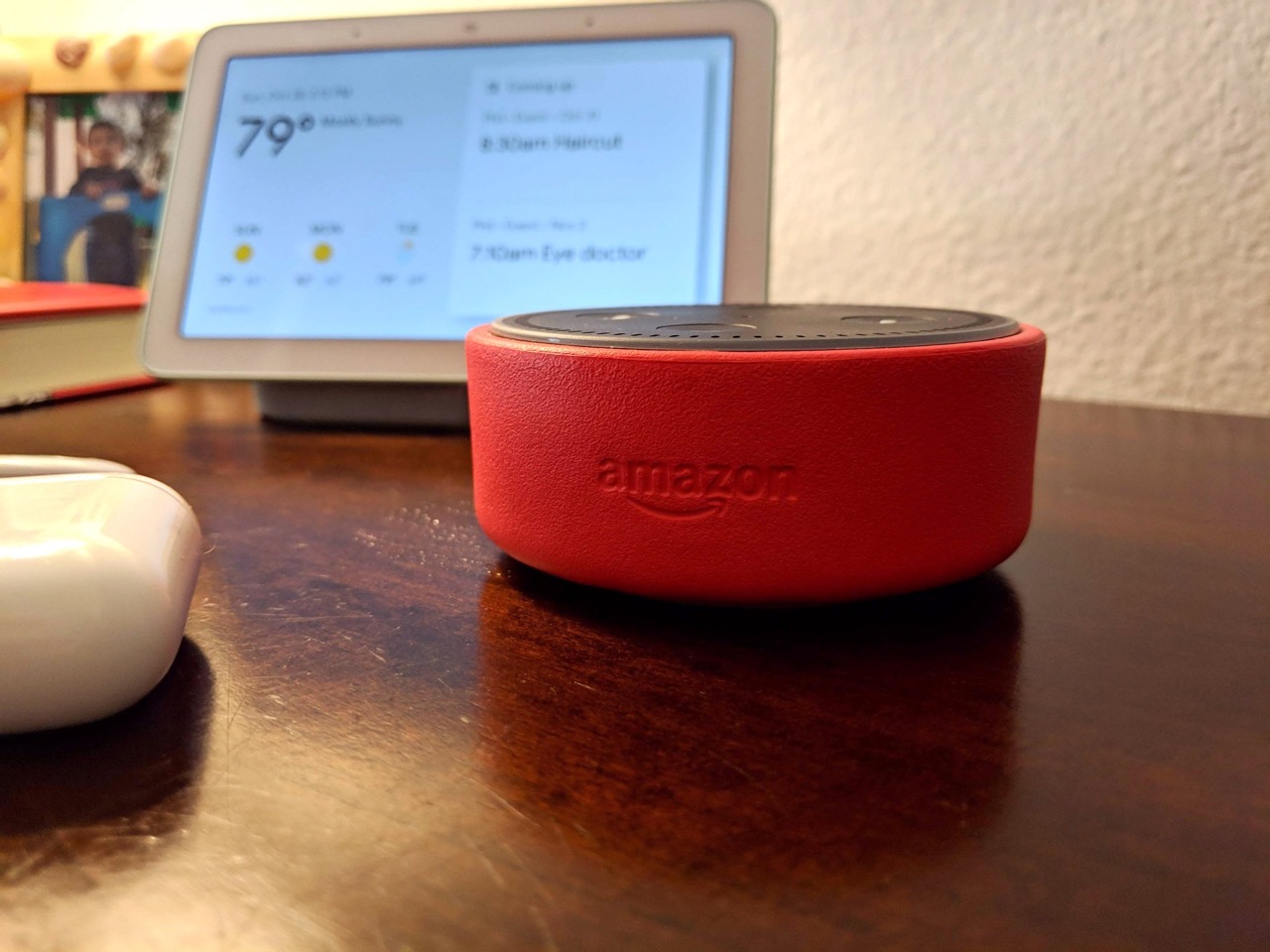

Home Automation Appliances
How Do You Turn Off Explicit Filter On Alexa
Modified: February 18, 2024
Learn how to disable the explicit filter on Alexa for a seamless home automation experience. Get step-by-step instructions for managing your home automation appliances.
(Many of the links in this article redirect to a specific reviewed product. Your purchase of these products through affiliate links helps to generate commission for Storables.com, at no extra cost. Learn more)
**
Introduction
**
Welcome to the world of smart home technology, where convenience and innovation intersect to transform the way we interact with our living spaces. Among the myriad of devices that have revolutionized modern homes, Amazon's Alexa stands out as a versatile virtual assistant, capable of streamlining tasks, providing information, and even entertaining users with its wide array of skills and capabilities.
One of the features that users often seek to customize to their preferences is the explicit filter on Alexa. Whether you're a parent aiming to create a family-friendly environment or an individual looking to tailor your Alexa experience to your personal tastes, understanding how to manage the explicit filter is crucial.
In this article, we will delve into the intricacies of the explicit filter on Alexa, exploring its significance and potential impact on your daily interactions with the virtual assistant. Additionally, we will guide you through the process of turning off the explicit filter, empowering you to curate your Alexa experience according to your preferences.
So, let's embark on this journey to unravel the mysteries of the explicit filter on Alexa and discover how to wield its settings to create a personalized and enjoyable smart home experience.
Key Takeaways:
- Customize your Alexa experience by turning off the explicit filter in the settings. This gives you more control over the content you access, making your smart home experience more tailored to your preferences.
- The explicit filter on Alexa helps create a family-friendly environment by filtering out content with explicit language. You can easily adjust this feature in the Alexa app to suit your needs and preferences.
Read more: How Do I Turn Off Explicit Filter On Alexa
Understanding the Explicit Filter on Alexa
Before delving into the process of adjusting the explicit filter settings on Alexa, it’s essential to grasp the significance of this feature and its implications for users. The explicit filter serves as a protective barrier, filtering out content that may contain explicit language or mature themes. This functionality is particularly valuable for households with children or individuals who prefer to maintain a family-friendly environment within their smart home ecosystem.
Alexa’s explicit filter operates across various types of content, including music, podcasts, and other audio-based interactions. By enabling the explicit filter, users can mitigate the risk of encountering content that may be unsuitable for certain audiences, thereby fostering a more controlled and tailored experience.
Furthermore, the explicit filter underscores Amazon’s commitment to providing a versatile and inclusive platform that accommodates diverse preferences and sensitivities. By offering users the option to customize their content consumption based on their comfort levels, Alexa empowers individuals to curate an environment that aligns with their values and expectations.
It’s important to note that while the explicit filter enhances the overall user experience for many, its impact is subjective and contingent on individual preferences. Some users may opt to disable the filter to access a broader spectrum of content, while others may rely on it to maintain a refined and restricted content selection.
Ultimately, understanding the explicit filter on Alexa entails recognizing its role in shaping the content delivery experience and acknowledging the flexibility it affords users in tailoring their interactions with the virtual assistant. By comprehending the underlying purpose of this feature, users can make informed decisions when configuring their explicit filter settings to align with their desired content parameters.
To turn off the explicit filter on Alexa, open the Alexa app, go to Settings, select Music & Podcasts, and then toggle off the option for “Explicit Filter.” This will allow explicit content to be played.
Turning Off the Explicit Filter on Alexa
For users who wish to customize their Alexa experience by turning off the explicit filter, the process involves navigating through the settings to access and modify the filter preferences. Here’s a step-by-step guide to assist you in adjusting the explicit filter settings on your Alexa-enabled device:
1. Access the Alexa App:
To begin, open the Alexa app on your smartphone or tablet. Ensure that your device is connected to the same Wi-Fi network as your Alexa-enabled device to facilitate seamless communication.
2. Navigate to Settings:
Within the Alexa app, locate and tap on the “More” option, typically denoted by three horizontal lines or a gear icon, to access the settings menu.
3. Select Music & Podcasts:
Scroll through the settings menu and select “Settings” followed by “Music & Podcasts.” This section houses the explicit filter settings that you can adjust according to your preferences.
4. Modify Explicit Filter Preferences:
Upon entering the “Music & Podcasts” settings, look for the “Explicit Filter” option. You will have the choice to enable or disable the explicit filter based on your content consumption preferences. Toggle the switch to turn off the explicit filter, granting access to a broader range of content across music, podcasts, and other audio-based interactions.
5. Confirm Changes:
After adjusting the explicit filter settings to your desired configuration, ensure that you save the changes by following any on-screen prompts or confirmation steps. This finalizes the modification, reflecting your updated explicit filter preferences across your Alexa-enabled devices.
Once you have completed these steps, the explicit filter will be turned off, allowing you to experience a more expansive selection of content without the filter’s restrictions. It’s important to consider the implications of this adjustment, especially in environments where content accessibility needs to be tailored to accommodate diverse audiences and preferences.
By empowering users to personalize their explicit filter settings, Alexa facilitates a customizable content consumption experience, aligning with individual preferences and priorities. Whether you opt to disable or enable the explicit filter, the flexibility to tailor your Alexa interactions underscores the platform’s commitment to accommodating diverse content preferences.
With these insights and instructions at your disposal, you can confidently navigate the process of turning off the explicit filter on Alexa, shaping your smart home experience to reflect your unique content consumption preferences and priorities.
Conclusion
As we conclude our exploration of the explicit filter on Alexa and the process of turning off this feature, it’s evident that the ability to customize content preferences plays a pivotal role in shaping a personalized and enjoyable smart home experience. Alexa’s explicit filter empowers users to curate their content consumption, offering a layer of control and customization that aligns with diverse preferences and sensitivities.
By understanding the significance of the explicit filter and its implications for content accessibility, users can make informed decisions when configuring their Alexa settings. Whether the explicit filter is utilized to maintain a family-friendly environment, accommodate individual preferences, or enable a broader spectrum of content, its flexibility underscores Amazon’s commitment to providing a versatile and inclusive platform.
Turning off the explicit filter on Alexa involves a straightforward process within the Alexa app, granting users the autonomy to adjust their content parameters based on their desired experience. This customization capability reflects the platform’s dedication to empowering users to tailor their smart home interactions to their unique preferences and priorities.
As smart home technology continues to evolve, the ability to personalize content consumption experiences will remain a cornerstone of user satisfaction and engagement. Alexa’s explicit filter exemplifies the platform’s commitment to accommodating diverse content preferences, fostering a dynamic and inclusive ecosystem that resonates with users from various backgrounds and lifestyles.
Ultimately, the explicit filter on Alexa serves as a testament to the platform’s adaptability and responsiveness to user needs, offering a customizable content delivery experience that aligns with the values and expectations of its diverse user base.
So, whether you choose to enable or disable the explicit filter on Alexa, the platform’s commitment to providing a tailored and personalized smart home experience remains unwavering, ensuring that users can navigate their content consumption journey with confidence and control.
With the knowledge and insights gained from this exploration, users can embark on their Alexa interactions with a deeper understanding of the explicit filter and its role in shaping their content consumption experiences, fostering a more enriching and personalized smart home environment.
Frequently Asked Questions about How Do You Turn Off Explicit Filter On Alexa
Was this page helpful?
At Storables.com, we guarantee accurate and reliable information. Our content, validated by Expert Board Contributors, is crafted following stringent Editorial Policies. We're committed to providing you with well-researched, expert-backed insights for all your informational needs.
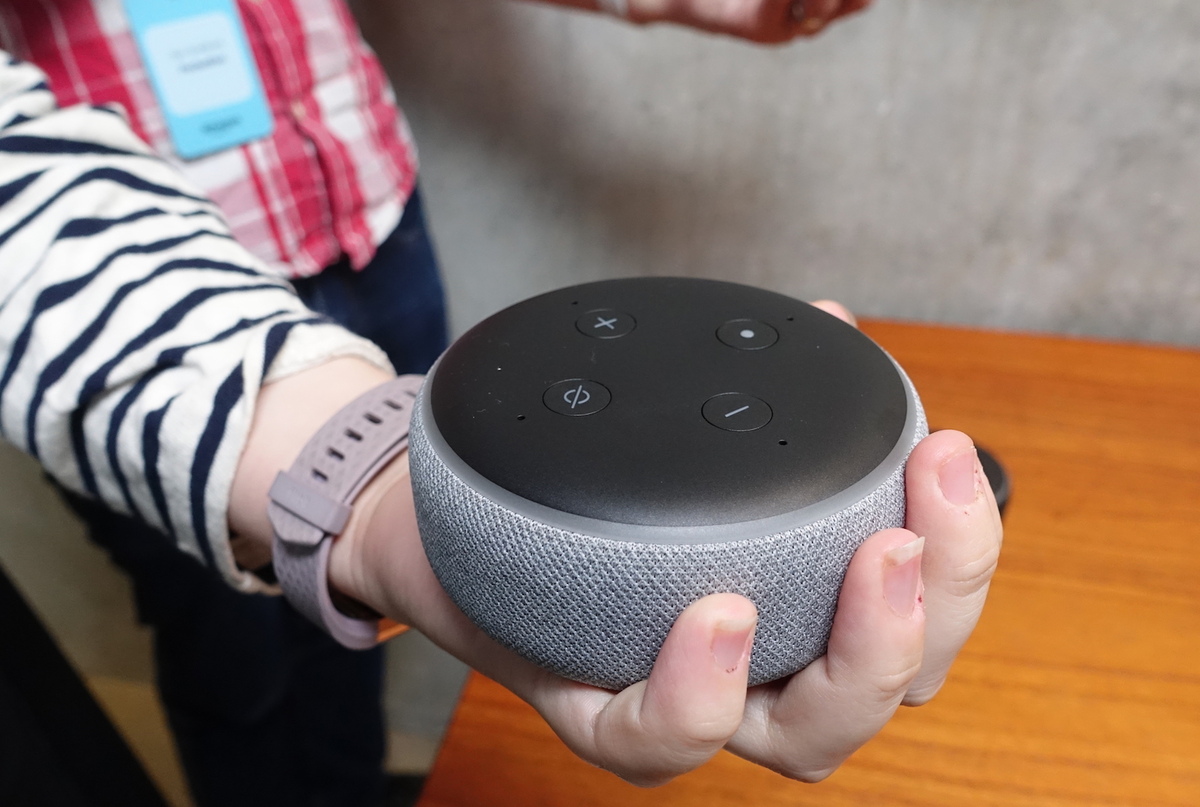
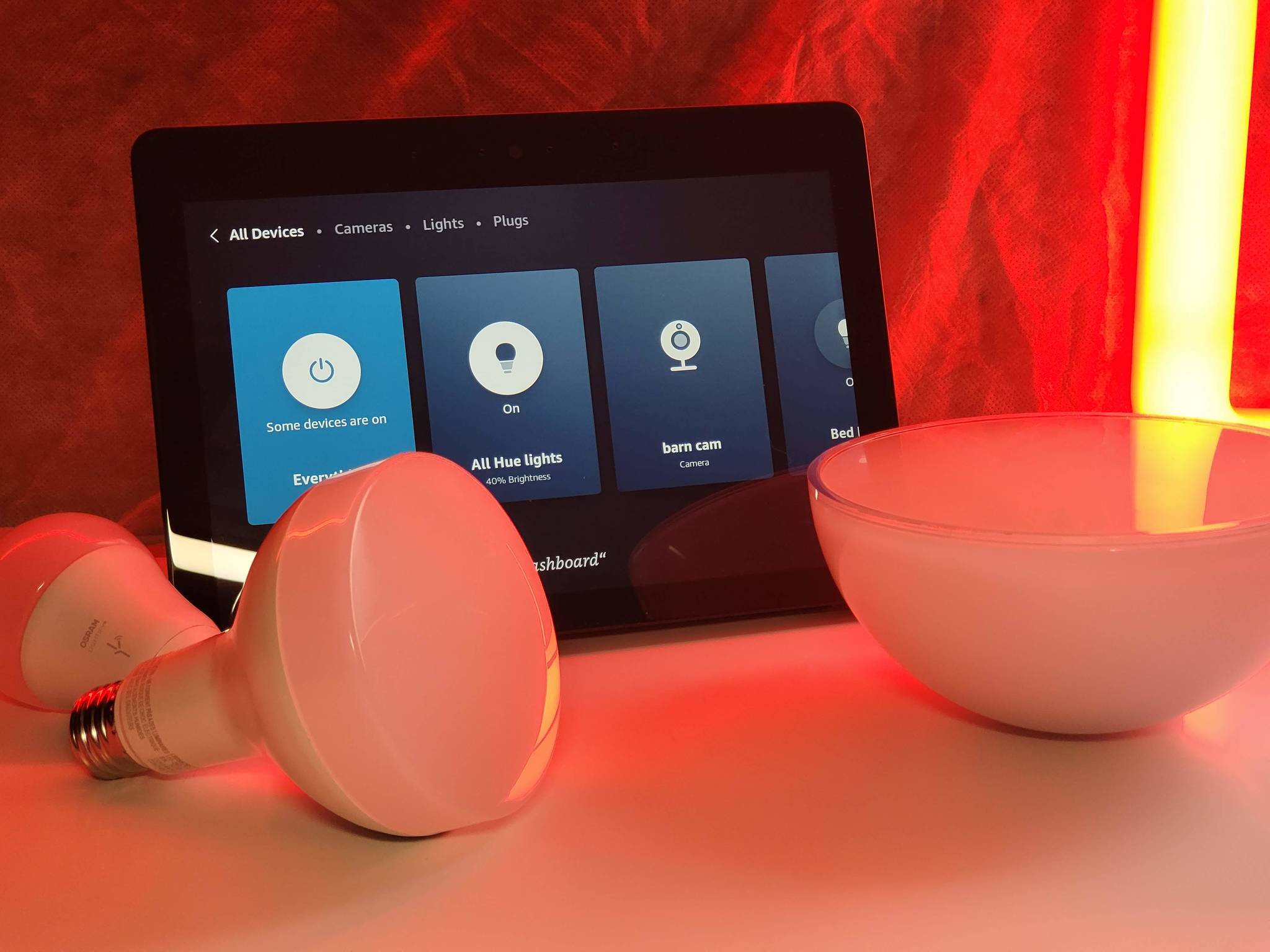
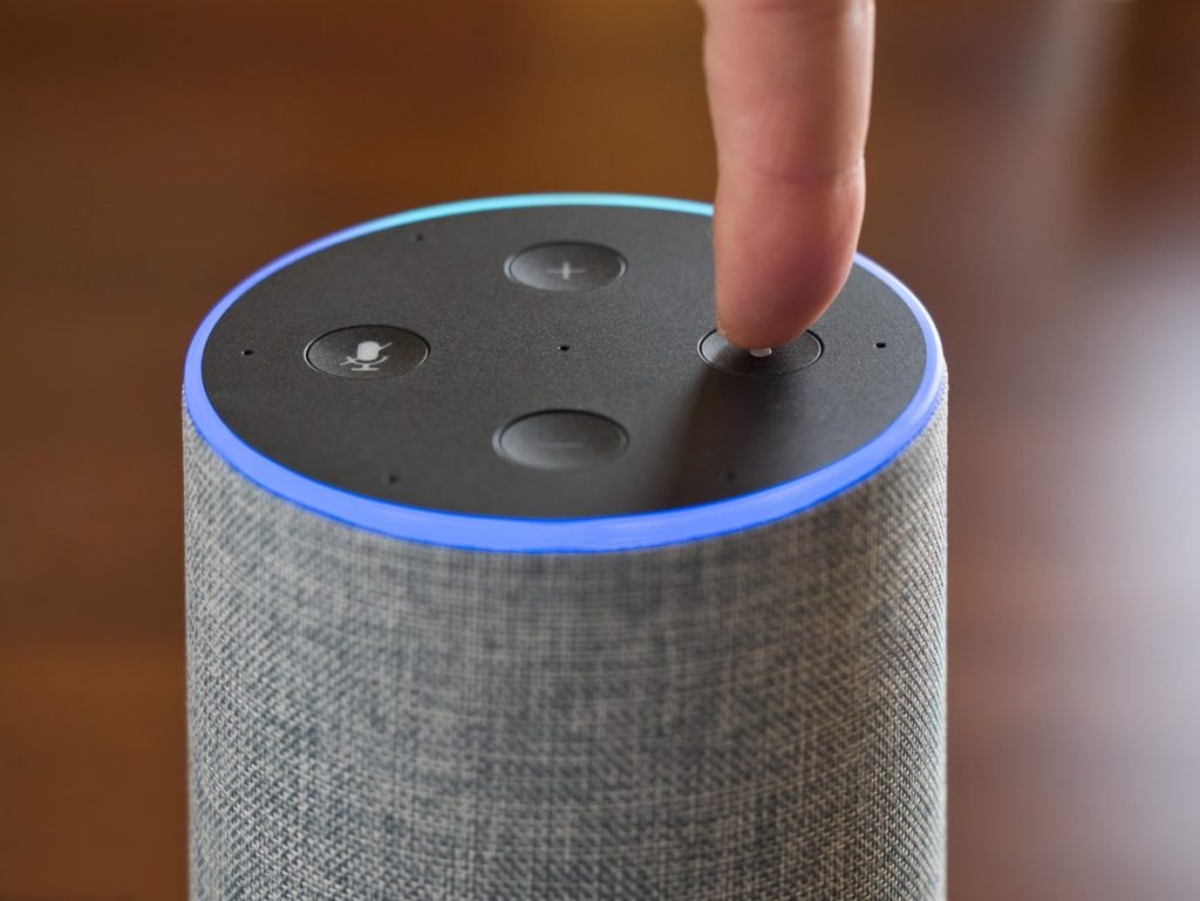

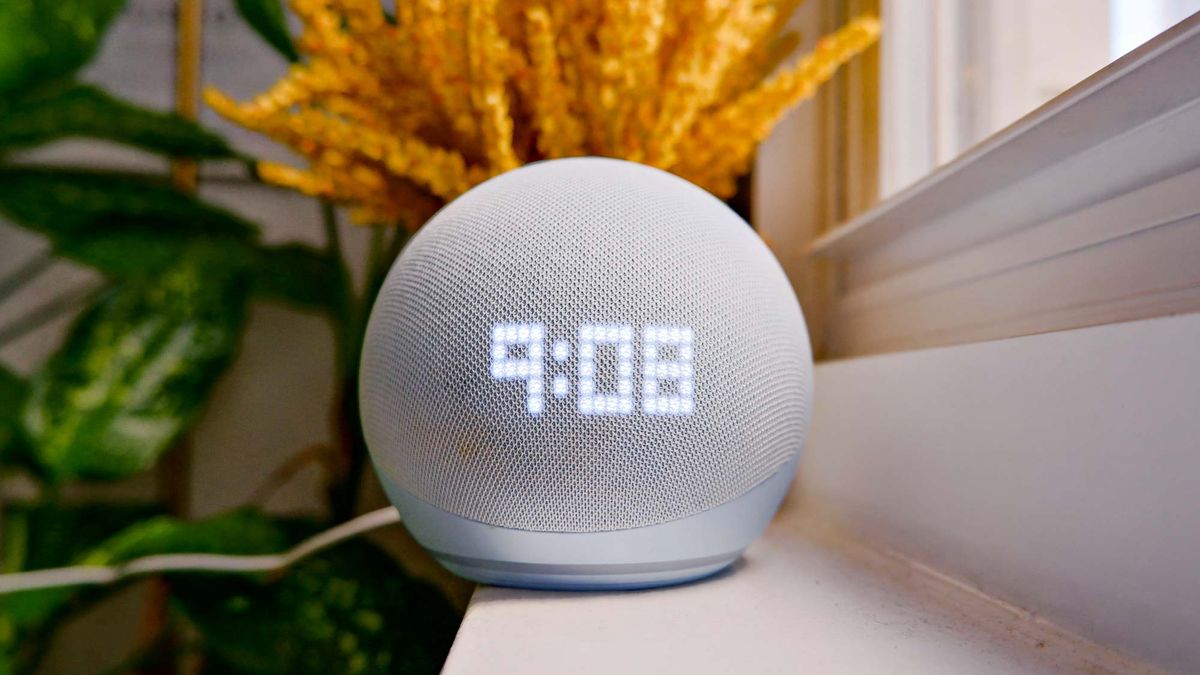
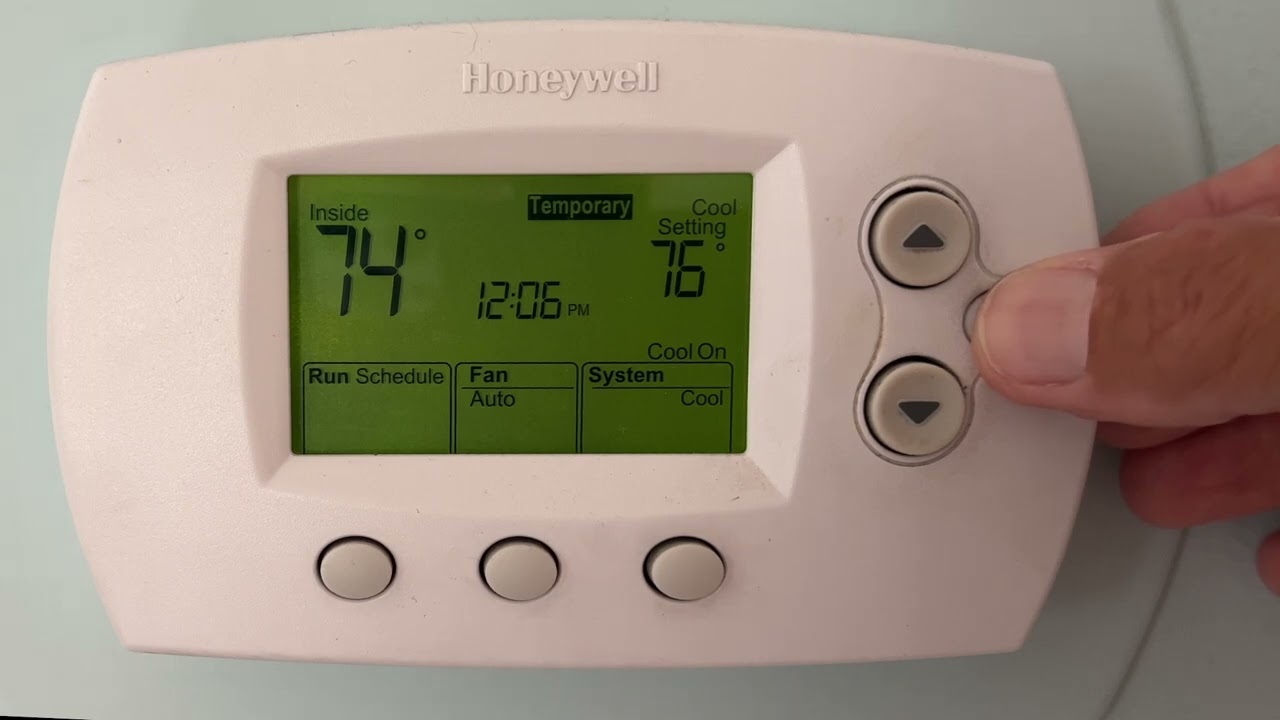

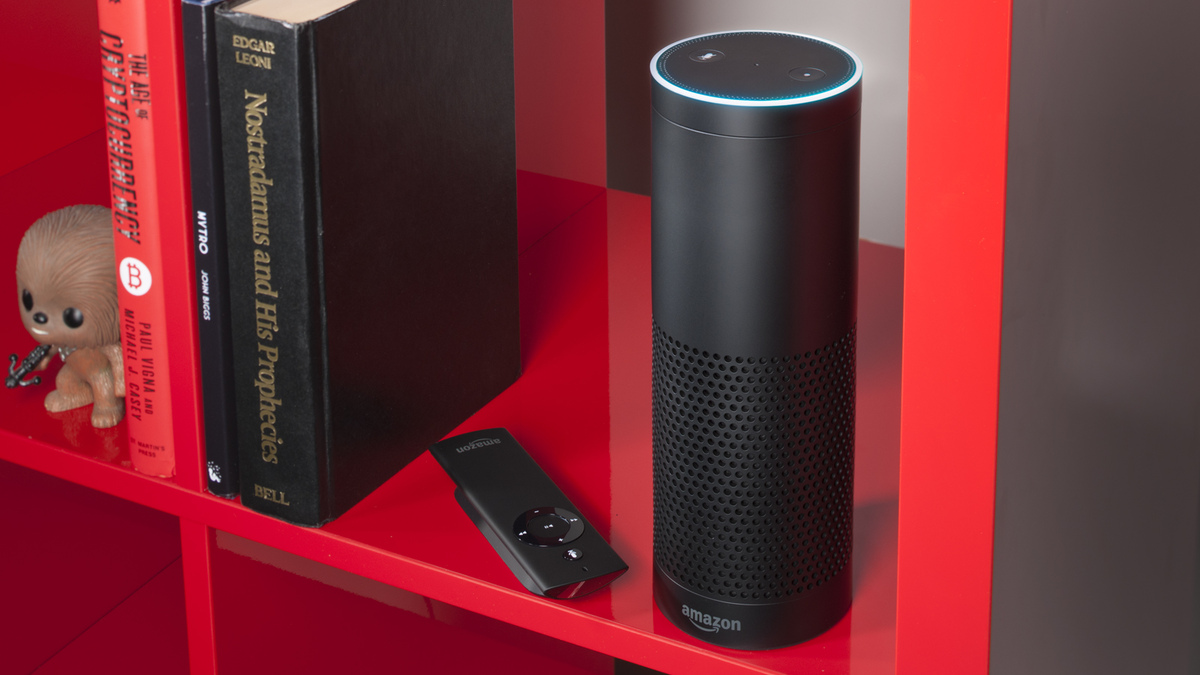
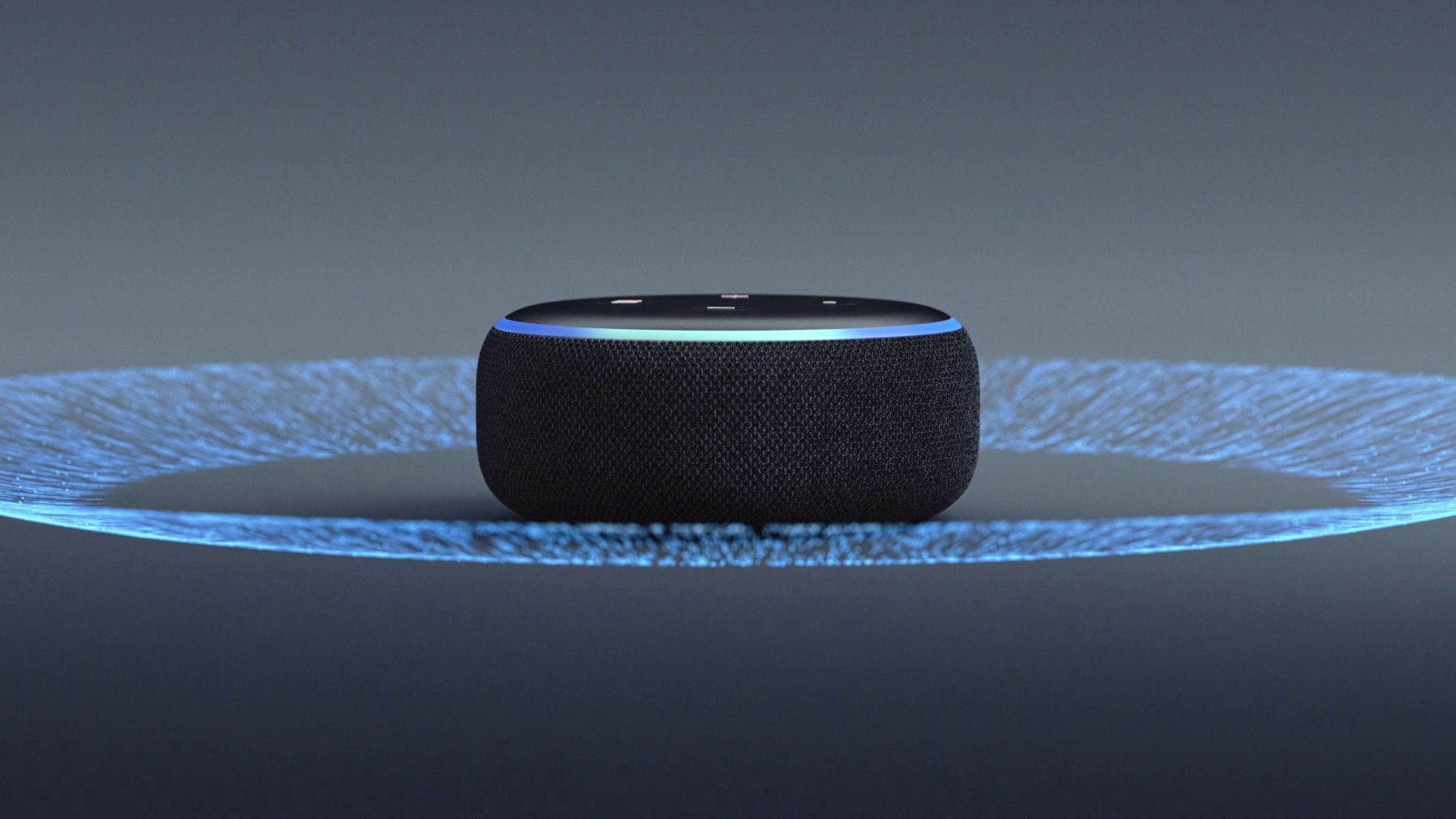
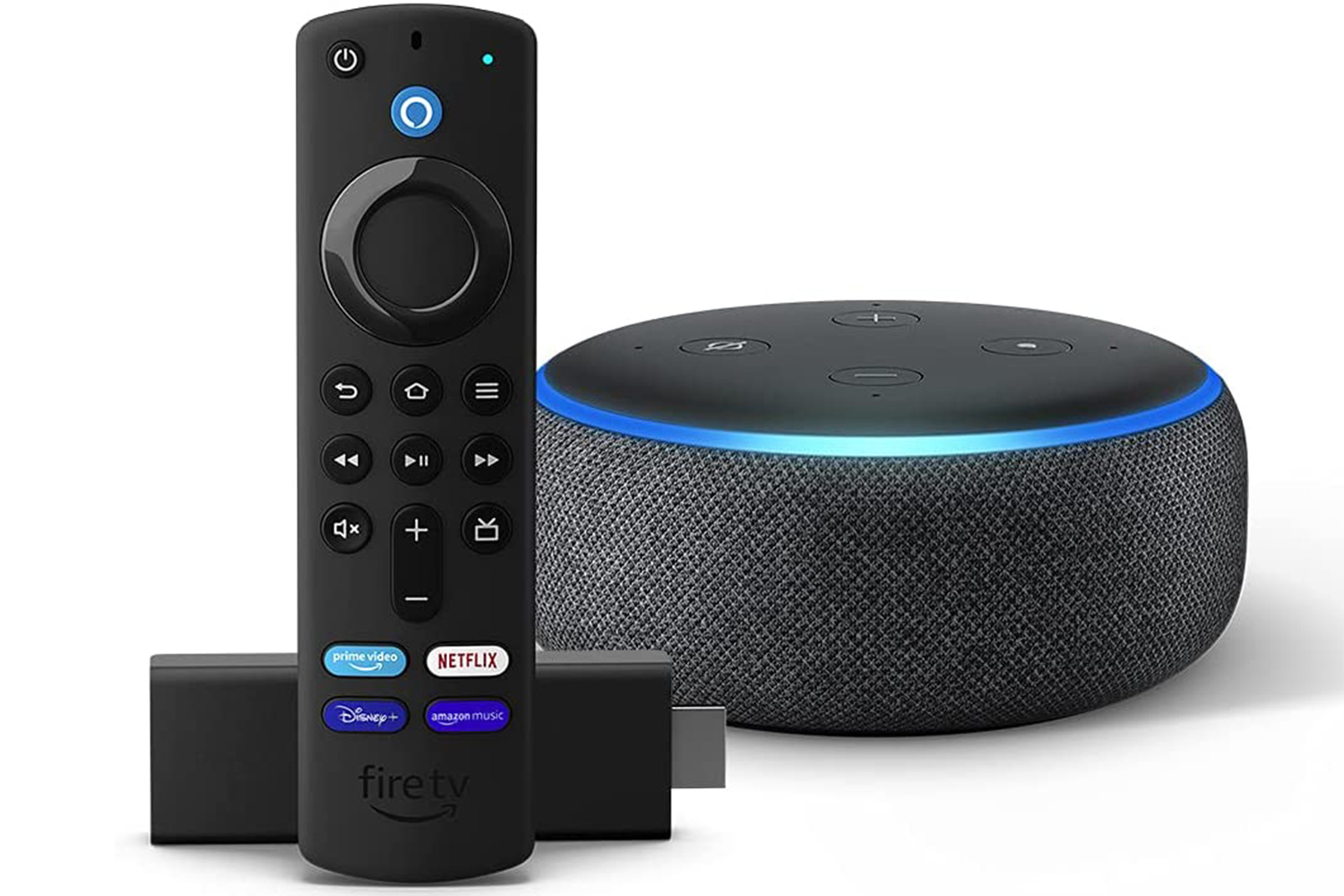
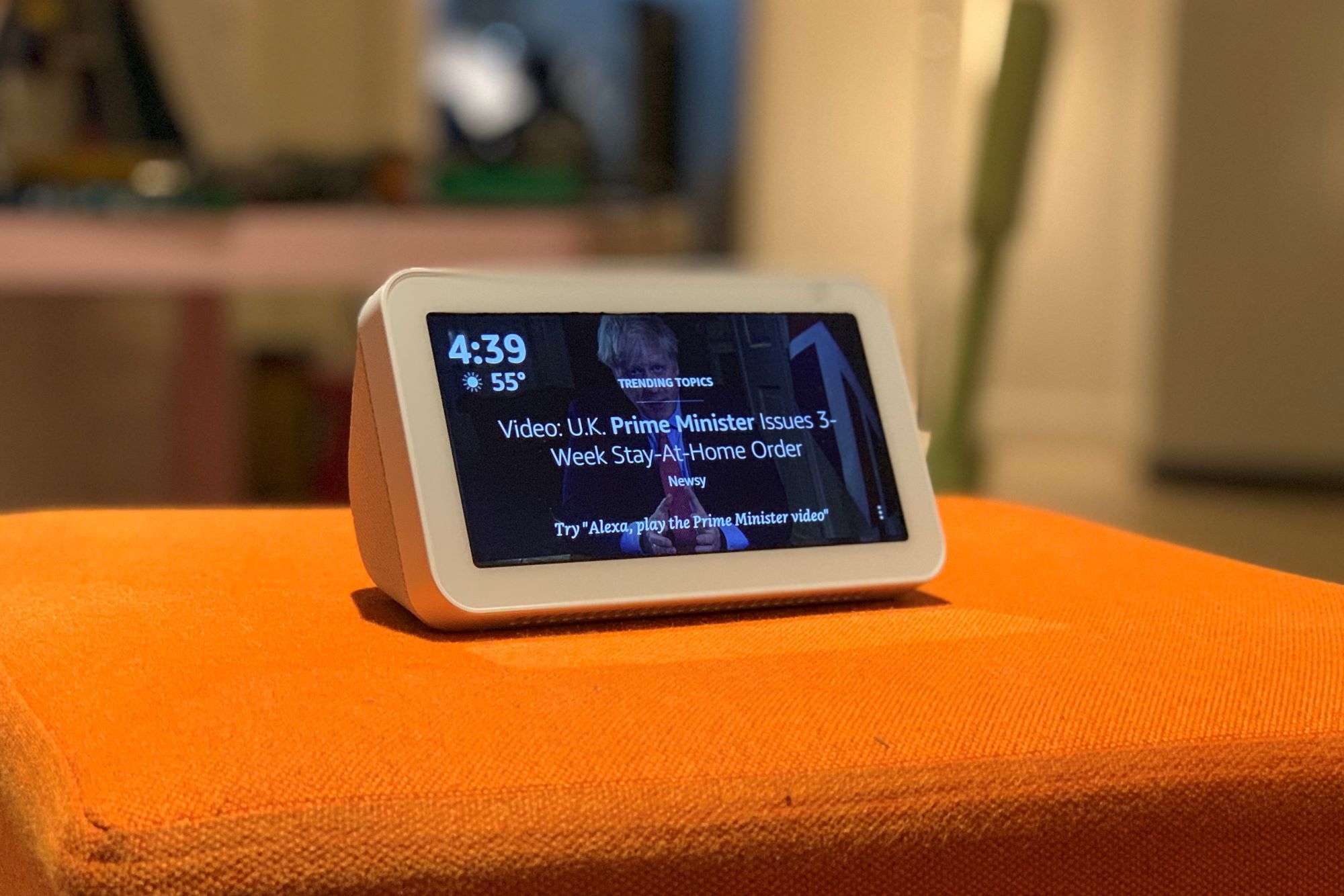
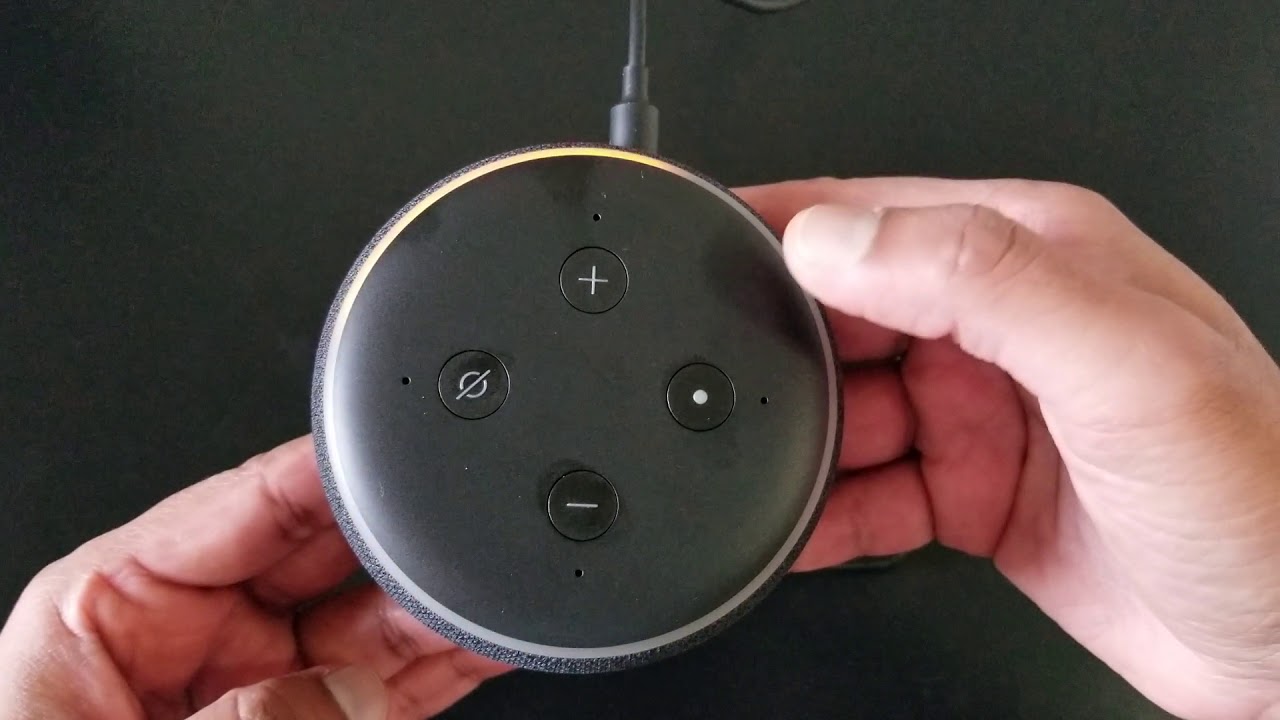

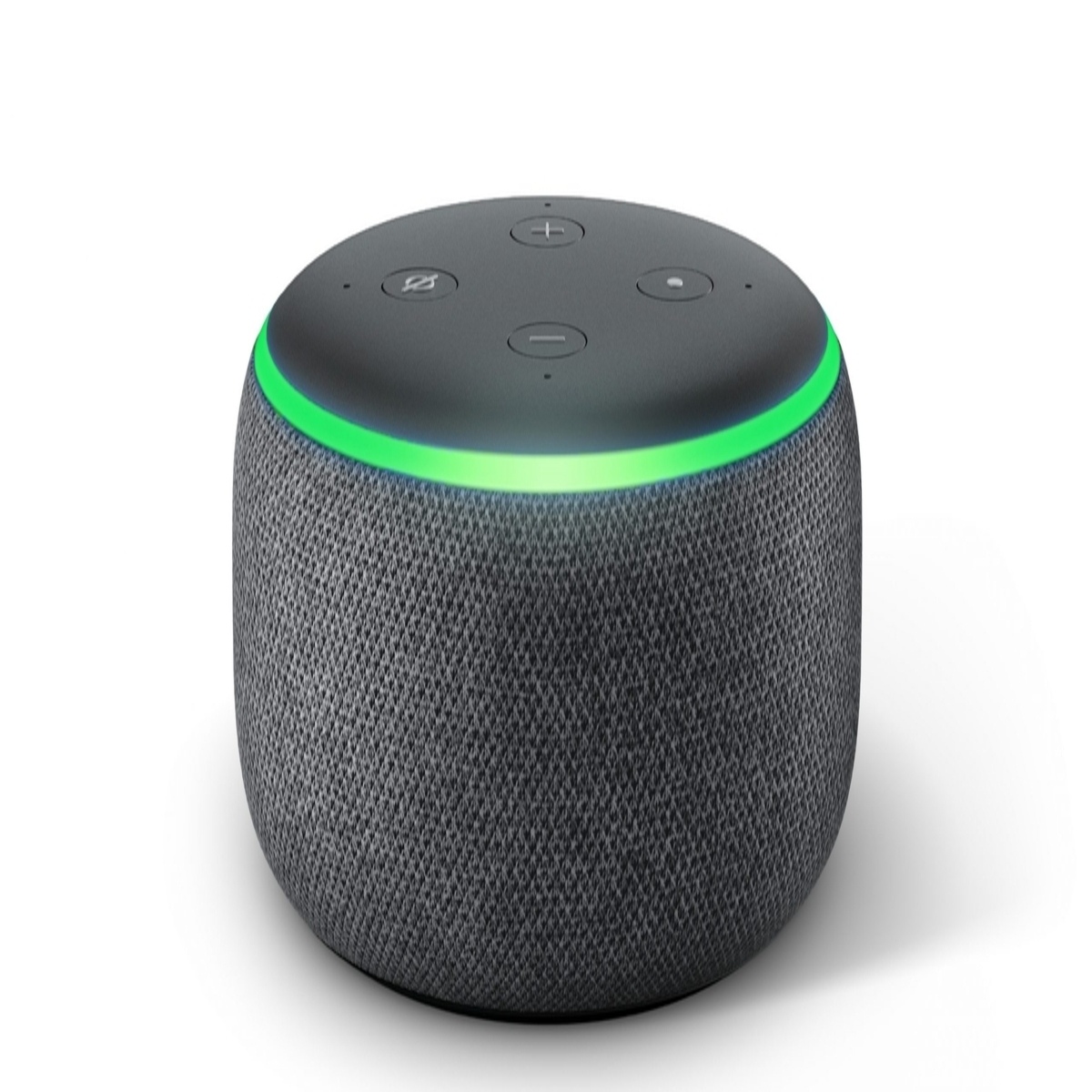


0 thoughts on “How Do You Turn Off Explicit Filter On Alexa”